Getting your meat right
I’ve recently heard an interview with Denise Minger, the author of what is no-doubt going to be a controversial book called ‘Death by Food Pyramid’. She was discussing the myriad of health issues we are facing as a society today and the numerous mistakes that we have and are making by following the standard food pyramid. Amongst these is which meats we eat and to use her words, ‘we don’t get our meat right!’
I think she is quite spot on and in all the years of research I’ve done on the subject, I can say I totally agree. Here are the key ‘issues’ I believe that surround our meat consumption and what to do about it.
Issue 1: We eat meat from animals that are fed corn, soy and who knows what
Cows and sheep (and most other ‘grazing’ animals) are ruminant animals. That means they are biologically designed to eat grass- just GRASS, nothing else. They are designed to walk around pastures and eat most of the day, they have a large digestive tract with several stomachs designed specifically to eat vast quantities of grass. Interestingly, cows produce short chain fatty acids from all this fibre to nourish their bodies internally (so the grass actually turns into fat, which is ultimately the main fuel).
It is important to buy meat that is grass fed AND ‘finished’. That means the animal only ate grass, no grains to fatten it up before slaughter, which is a regular practice of some less authentic ‘grass fed’ suppliers. Call the supplier and ask questions- what the animals are eating, where they come from, their living conditions, etc.
Grass fed meat is superior nutritionally because:
-‘Depending on the breed of cow, grass-fed beef contains between 2 and 5 times more omega-3s than grain-fed beef, and the average ratio of omega-6:omega-3 in grass fed beef is 1.53:1. In grain fed beef, this ratio jumps all the way up to 7.65:1’ (www.chriskresser.com). In traditional diets, pro-inflammatory omega 6 fat ratio to anti-inflammatory omega 3 fats were very close to 1:1. Many experts attribute the decline in cardiovascular health today and other inflammation rooted conditions to the fact that our dietary ratio of omega 6:3 is completely out of sync and skewed towards continuous inflammatory state induced by omega 6 fats
-Grass-fed beef consistently contains a higher proportion of stearic acid, a type of saturated fat which even the mainstream scientific community acknowledges does not raise blood cholesterol
-A potent antioxidant called conjugated linoleic acid (CLA) that is found naturally in milk and meat products, primarily from ruminants such as cows or sheep. Research indicates that CLA might be protective against heart disease, diabetes, and cancer. Beef is one of the best dietary sources of CLA and grass-fed beef contains an average of 2 to 3 times more CLA than grain-fed beef
-Grass-fed meat contains considerably more antioxidants, vitamins, and minerals. Carotenoids, such as beta-carotene, are precursors to vitamin A that are found as pigments in plants. Grain-fed beef does not contain appreciable levels of carotenoids, for the simple reason that grains don’t contain them. However, cows that eat carotenoid-rich grass and forage incorporate significant amounts of these compounds into their tissues. These carotenoids make the fat from grass-fed beef more yellow than the fat from grain-fed beef, so fat color can be a good indicator of how nutrient-rich your meat is
-Grass-fed beef also contains significantly more of the antioxidants vitamin E, glutathione, superoxide dismutase (SOD), and catalase than grain-fed beef. These antioxidants play an important role in protecting our cells from oxidation, especially delicate fats in the cell membrane such as omega-3 and omega-6
-Grass-fed beef also contains higher levels of zinc, iron, phosphorus, sodium, and potassium.
(source: www.chriskresser.com)
Needless to say, it is also a lot more humane to raise an animal on food that it is designed to eat rather than force feeding it grains and soy in confined conditions and allowing for proliferation of disease. Which leads us to the 2nd issue…
Issue 2: Animals raised on commercial farms are treated with antibiotics
Why? Because they get so sick being fed foods they are not designed to eat (see above) that they get sick! So they give them antibiotics! Where do these end up? In our own digestive systems. Sometimes steroids are used to make meat more tender and hormones to promote growth.
Issue 3: We prioritise the cow
Our ancestors ate wild animals- domestication of cattle is a relatively recent evolutionary phenomenon. Domestic cattle are fatter animals naturally and less active than wild animals.
It’s highly beneficial to broaden our meat choices to include wild game meat, which is in abundance in Australia- the kangaroo! Other good options are venison and goat. Even ‘domesticated’ game meats such as rabbit, wild boar or crocodile have different nutrients and add a lot of variety to our meat diet.
Issue 4: We prioritise muscle meat above all else
All traditional cultures around the world from the North Pole to our own Aborigines have used the entire animal. The organs were the most prized due to their high nutrient content and fat content. Especially the liver, brain, kidneys, adrenals, heart, etc. Muscle meat was given to the dogs in times of abundance (Source: ‘Nutrition and Physical Degeneration’, W.A. Price).
Muscle meat provides an incomplete amino acid profile (high methionine) that needs to be coupled with cartilage, bone and marrow (ie: bone broth!)- high in glycine, to ensure complete nourishment. Many traditional cultures consumed animal blood as well as organs and meat. While I’m not advocating animal blood consumption, organ meats and bone broths made from bones and joints are extremely important foods that are absent from modern Western diets. They are particularly vital for babies, children and pregnant women and anyone looking to optimise their gut health. Many cultures in Asia, Europe and South America still maintain these important foods in their diets today.
Bone broths made from bones and joints of ruminant animals are extremely nutritious and have amino acids that repair damaged (leaky) gut. They also contain numerous minerals and vitamins. Broths build collagen that supports the skin’s elasticity. Broths aid liver detoxification. I think if someone came up with a new ‘superfood’ that did all these things they would make a lot of money. Fortunately, you can make it in your own kitchen for very little investment while using and respecting the whole animal.
Organ meats are pretty much the only source of vitamin A available to us. Vitamin A is vital for the immune system, vision and reproduction. Weston A Price who travelled the world and studied ‘primitive’ societies found that the generations exposed to ‘foods of commerce’ (Western foods such as cans, sugar and white flour) were deficient in vitamin A and had long and painful labours.
Organ meats are by far the most nutrient dense foods available to us: to quote Dr Cate Shanahan, author of “Deep Nutrition” “it’s nearly impossible to get adequate vitamins and minerals without these foods’.
Issue 5: We overcook our meat
Meat should be eaten raw (yes raw!), rare or braised in water or stock/broth. This ensures that the amino acids and digestive enzymes are preserved.
Proportions of meat eaten raw varies between indigenous groups; however even Western menus like French and Italian include raw meat dishes (steak tartare and carpaccio respectively). Raw meat is particularly rich in vitamin B6 (pyridoxine), deficiencies of which are very common and have been linked with numerous disease, among them: diabetes, cancer, infertility and ADHD (Source: ‘Primal Body, Primal Mind’, N.Gedgaudas).
A survey of world cultures has shown a combination of cooked and raw meats in the diet to be most beneficial (source: “Nourishing Traditions”, S Fallon).
Nitrates in processed ‘deli’ meats are carcinogenic (you already know that).
It’s important to avoid consumption of charred/BBQ meat, the compounds produced in this process are carcinogenic. To avoid this issue, marinate your meat in an acidic medium (eg: lemon juice) and season heavily with cancer protective herbs and spices such as turmeric, ginger, fennel and cumin.
Issue 6: We think that cattle is unsustainable for the planet
This in fact is untrue and the vegetarian myth of the 1970s about grains being the solution to the world’s famine crisis is nothing but that- a myth. Grazing animals restore the lands from mono-cropping wheat and soy (often genetically modified) to productive pastures that benefit communities. To learn more about the real environmental benefits of pastured animals visit www.savoryinstitute.com for information and numerous examples about how raising herd animals is beneficial for the environment and local communities all around the world.
What to do?
Ask your butcher for grass fed and finished meat. Ask questions about where your meat comes from and how it was raised. Learn how to make and enjoy bone broths and organ meats- the stuff our great- grandparents ate! Try some raw meat dishes once in a while. Broaden your meat choices to include game meats. Reduce bbq-ed meats and prepare them properly.
Most importantly, ensure you and your family are having fresh meat, broths and organ meats several times per week to ensure optimal nutrition.


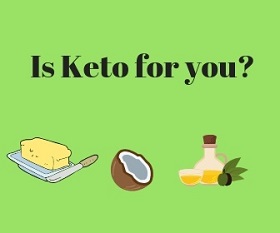

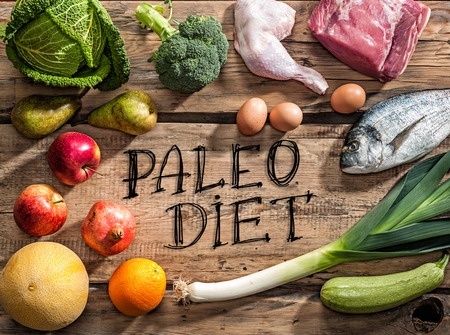
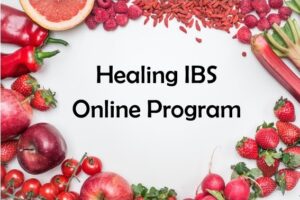

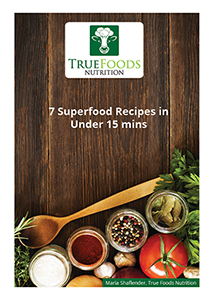
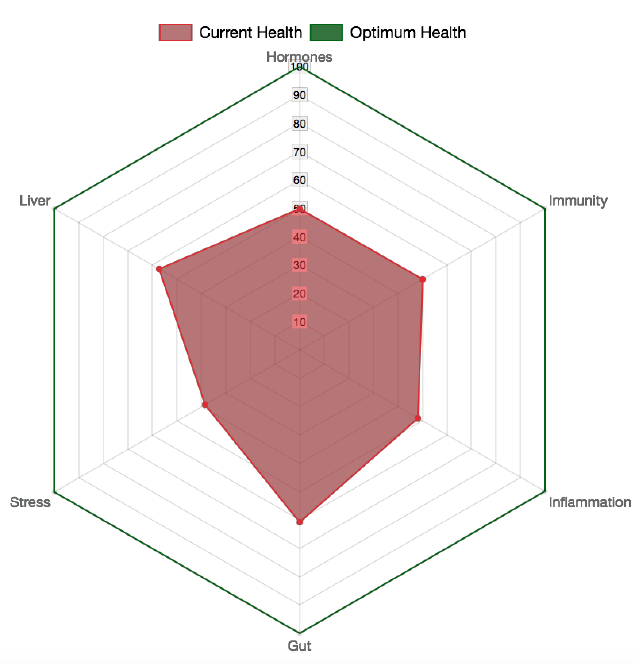


Thanks Alison!
Nice one Maria! More people need to know this stuff. Bone broth I always puts me right again if I get any kind if gut disturbance. And lightly organic grilled chicken livers have become a favourite in our house lately with rocket salad 🙂
Alison